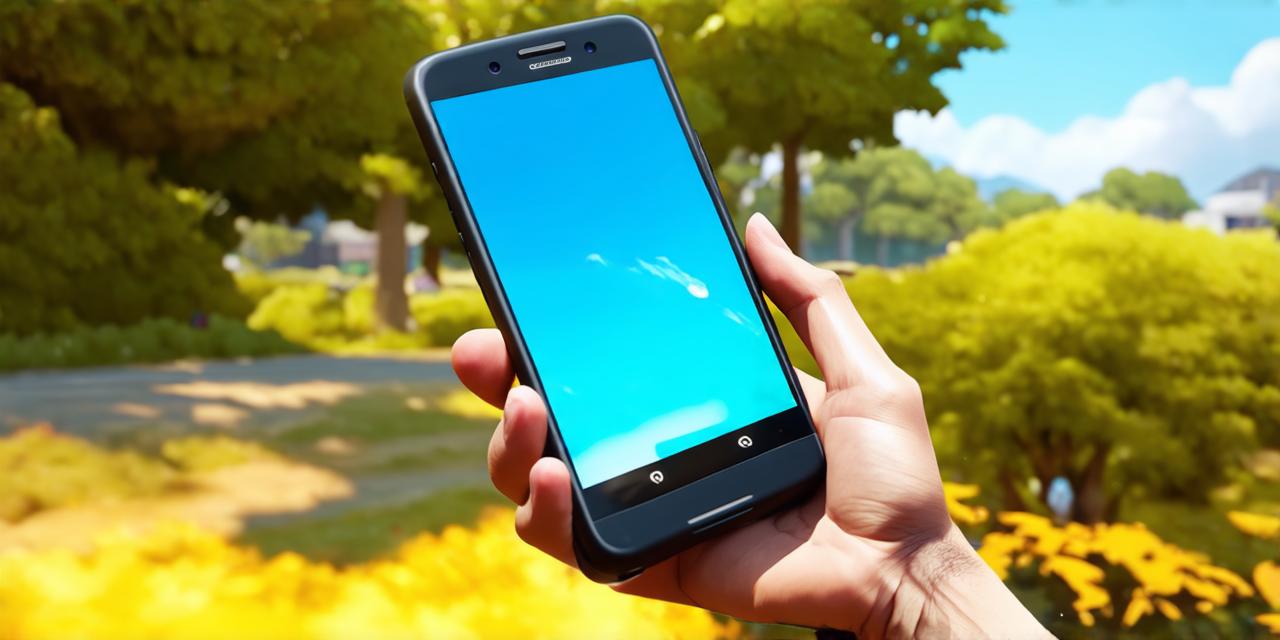Augmented reality (AR) is a technology that overlays digital information on the real world, allowing users to experience a hybrid of the physical and virtual worlds. One of the most popular examples of AR in action is the mobile game Pokémon Go.

Introduction
Pokémon Go was released in 2016 by Niantic Inc., a California-based company that specializes in mobile gaming. The game quickly gained popularity, with millions of users downloading it within the first few weeks of its release. Pokémon Go uses AR to bring the popular Pokémon franchise to life on mobile devices, allowing players to catch and train virtual creatures in real-world environments.
How does Pokémon Go use augmented reality?
Pokémon Go uses AR to overlay digital information on the real world, allowing players to interact with virtual creatures in their physical surroundings. The game uses a combination of GPS and sensors on mobile devices to track the player’s location and create an interactive map that displays Pokémon and other virtual objects in the real-world environment.
Players can see these virtual objects through their smartphone’s camera, which is used to display a live feed of the real world overlaid with digital elements. This creates an immersive experience that blends the physical and virtual worlds, allowing players to interact with creatures and other virtual objects in a way that feels natural and intuitive.
Pokémon Go uses AR to create a unique gameplay experience
One of the key ways that Pokémon Go serves as an example of augmented reality is through its unique gameplay mechanics. The game allows players to catch virtual creatures called Pokémon by tapping on them as they appear in their real-world environment. Players can also train these creatures and use them to battle other virtual creatures, creating a social and competitive aspect of the game.
The impact of Pokémon Go on popular culture
Pokémon Go quickly became a cultural phenomenon, with millions of people around the world downloading and playing the game. The game’s success can be attributed to its ability to tap into nostalgia for the original Pokémon franchise, as well as its innovative use of augmented reality technology.
The future of augmented reality in gaming and beyond
Pokémon Go serves as an important example of the potential of augmented reality technology in gaming and beyond. As the technology continues to evolve, we can expect to see more innovative uses of AR in gaming and other industries.
